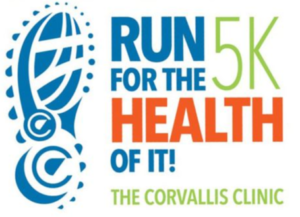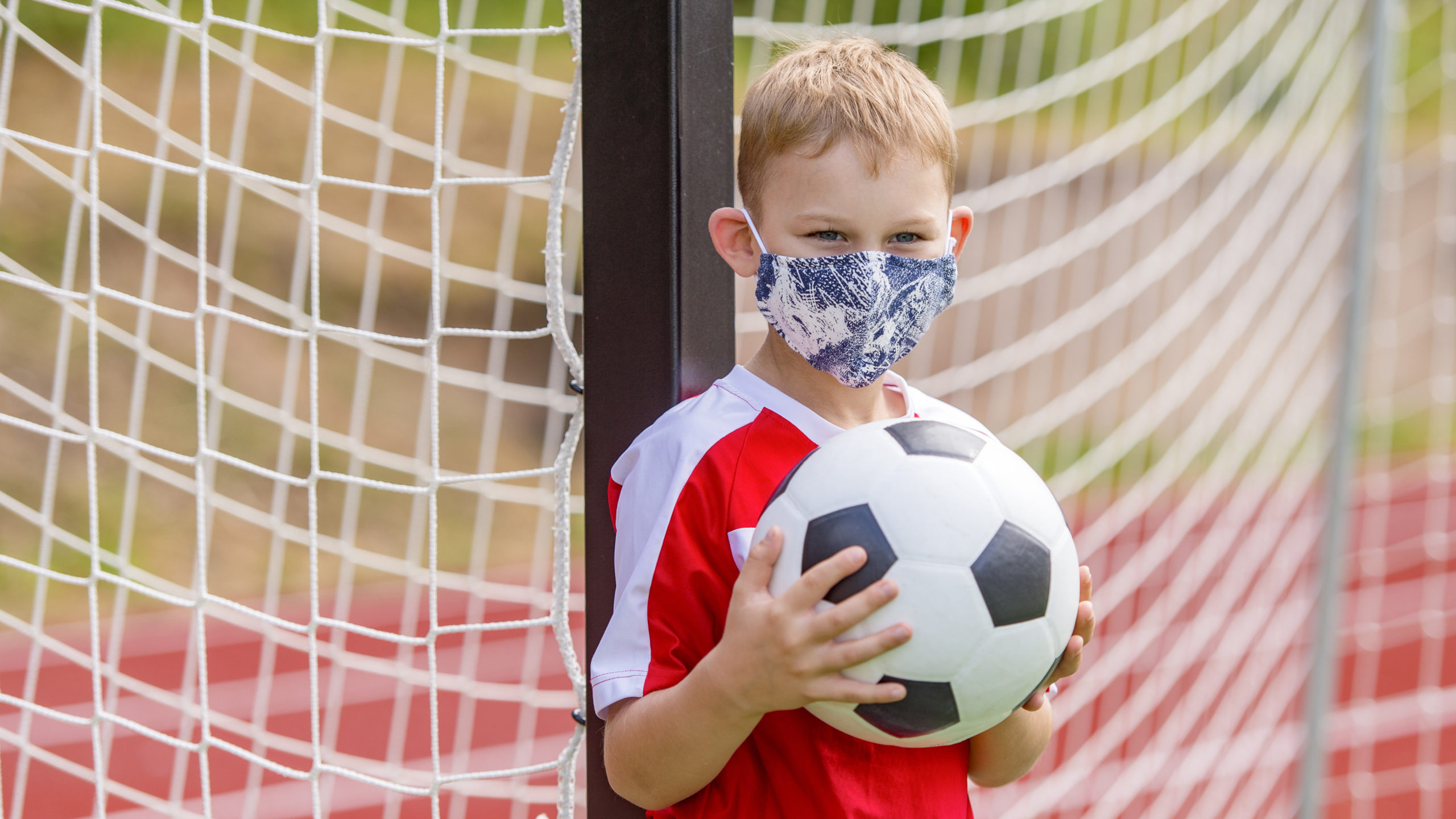The past year has taken away many things, including sports for youths. However, there is a light at the end of the tunnel. With more and more individuals receiving COVID-19 vaccines every day, many areas have begun reopening their gyms and sports facilities, including youth sports programs.
Getting your child back into sports and fitness is an exciting prospect! Aside from the obvious benefits of exercise, sports and fitness also provide structure and routine, which many of us have not had during these challenging times.
“Follow your child’s interest and remember that long-term engagement with exercise is all about fun,” says Cara Wheeler, PsyD, Integrated Behavioral Health.
While the return of sports and physical activity is an exciting and welcoming change, it still behooves us to exercise caution and awareness regarding COVID-19. There are various factors regarding your children returning to organized sports and other physical activities. The first and most important thing to consider is the health and safety of your family. Organized sports for your children will mean more social contact for them, which could potentially be unsafe not only for them but for other members of your household as well. However, these risks alone should not deter you from allowing your child to return to sports and other physical activities. While your children are likely highly excited about their return to sports, remember to reintroduce them slowly to physical activity to avoid injury.
Galena Kolchugina, MD, Pediatrics, states, “this is a marathon and not a sprint. If you can start slow, you will probably be able to sustain an exercise routine long term instead of doing something too intense right away and then quitting because you injured yourself.”
To ensure that you are returning your child to physical activity in the safest way possible
- Remember masks for both players and spectators.
- Continue to maintain social distancing as much as possible.
- Reference AAP guidelines for youth sports (preadolescents, children, adolescents).
- Consider risk levels (ex; football/wrestling – high, soccer/volleyball – medium, golf – low).
- Gradually return to fitness for those coming off a long period of physical inactivity.
- Minimize travel between communities, schools, and sporting/exercise locations.
- Do not have children/athletes from different homes share meals or transportation.
- Maintain small and consistent same-member groups for team practices and exercises.
- If possible, avoid small/contained and poorly ventilated areas (ex: weight rooms, locker rooms).
- Stay up to date, and follow CDC guidelines.
“Recent and drastic changes to our children’s normal activity levels seem to have taken a toll. Over the last several months, I’ve evaluated younger patients reporting lost strength, speed, flexibility, and coordination. Luckily, youth is on their side, and with timely intervention, they should bounce back rapidly,” mentions Robert Csintalan, PT, DPT, Physical Therapy.
Aside from safety considerations for COVID-19, a crucial thing to remember when returning your child to physical activity is to do so slowly (unless they have maintained their fitness levels). It is essential for any age group to gradually return to physical activity after a long period of inactivity. Failure to do so could lead to injury. With this in mind, the return to full physical intensity should take a week or two. Here is a safe guide to returning to physical activity (for any age):
- Start light. First 1-3 days – 30 minutes or less. Light activity (walking, jogging), no strength, and resistance training.
- Gradually increase intensity. 4-6 day mark. 45 minutes or less. Medium-light activity (light run, agility training).
- Gradually increase intensity. 5-7 day mark. 60 minutes or less. Medium activity. May return to most physical activity without full power and exertion.
- Good to go. After at least a week of gradually increasing physical intensity, the athlete should be able to return to total activity without much fear of injury.
Jonathan Evans, DO, Sports Medicine and Orthopedic Surgery, says, “one of the easiest ways to injure oneself is to rush the process of returning to exercise, going too hard, too fast. This can often lead to overuse syndromes or injuries such as tendinopathies or shin splints.”
By doing our due diligence regarding safety, we allow ourselves and our children the opportunity to experience the feeling of normality. COVID-19 is still a risk and warrants further thought when considering any form of social contact. Still, the mental and physical benefits for your child returning to consistent physical activity cannot be understated.
 Are you getting ready for physical activity? We are excited to announce The Corvallis Clinic’s 3rd annual Run for the Health of It 5K!
Are you getting ready for physical activity? We are excited to announce The Corvallis Clinic’s 3rd annual Run for the Health of It 5K!
When: Saturday, October 2nd, 2021 – 8:30 AM
Where: The Corvallis Clinic Asbury Building, 3680 NW Samaritan Dr., Corvallis
Learn more and register online at corvallisclinic.com/race. All proceeds will benefit local high school athletic departments.

